1. Loch Ness, Scotland – The Home of Nessie
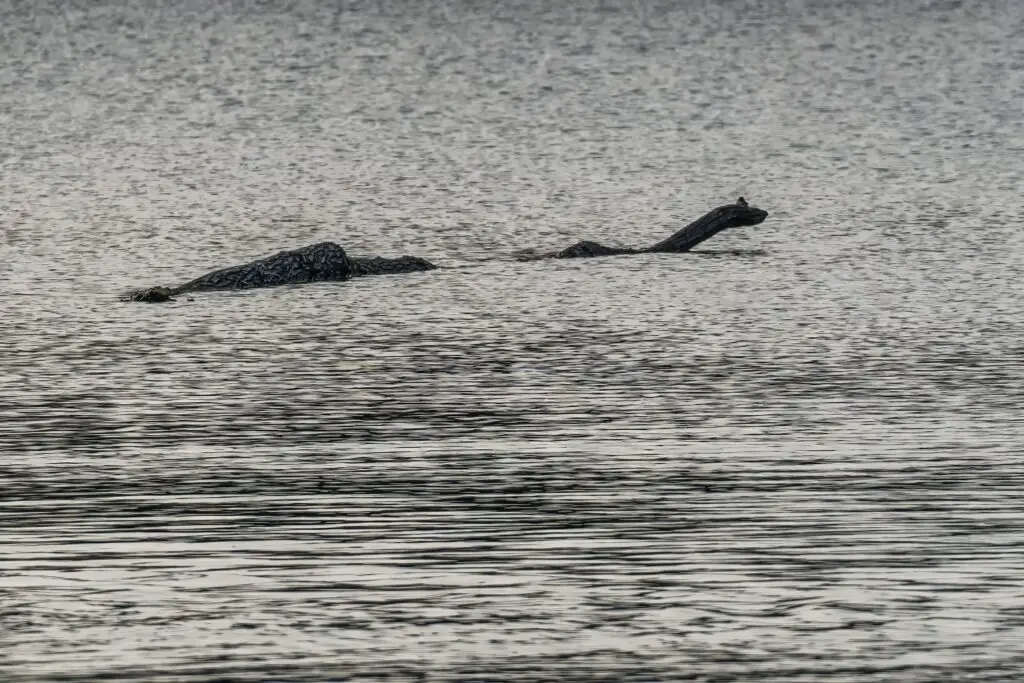
Loch Ness is world-famous for its alleged monster, Nessie. The mysterious creature, often described as a giant serpent or prehistoric fish, has been the subject of numerous sightings and hoaxes for centuries. Local folklore hints at a creature that has lurked beneath the dark waters since ancient times, possibly a remnant of the dinosaurs. People have claimed to catch glimpses of Nessie swimming through the loch, and despite numerous investigations, no solid proof of the creature has ever been found shares BBC.
The legend of Nessie likely gained traction due to the sheer size and depth of Loch Ness itself. It’s easy to imagine how the murky waters could conceal something unknown, fueling the belief in a water-dwelling monster. Whether it’s the tranquil atmosphere or the stories passed down through generations, Loch Ness remains a hotspot for monster enthusiasts hoping to uncover the truth adds the New York Post.
2. Mount St. Helens, USA – The Ape-Like Sasquatch
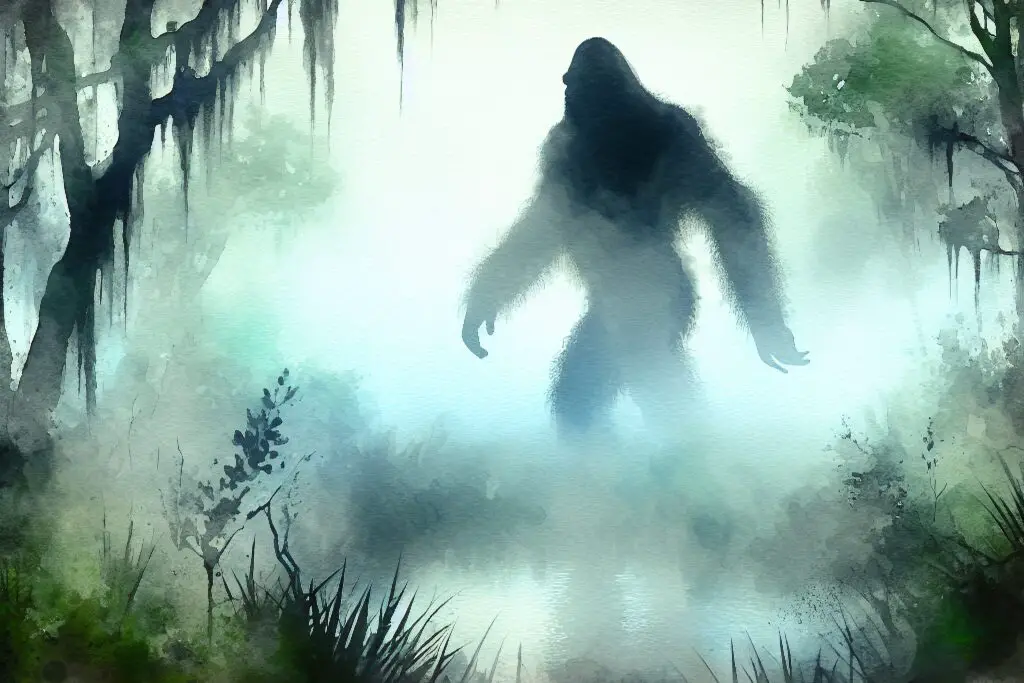
In the dense forests surrounding Mount St. Helens in Washington State, rumors of Bigfoot sightings have swirled for decades. This elusive creature, often described as an ape-like figure walking on two legs, is a staple in American folklore. The region’s rugged terrain and thick woods make it the perfect hiding place for something as elusive as Bigfoot. Some claim to have seen large footprints or heard strange howls in the night, though no concrete evidence has ever been presented shares HowStuffWorks.
It’s easy to see why these rumors continue to thrive in such a remote area. The dense forests offer plenty of cover, and the rugged landscape makes it difficult to explore every inch. With Bigfoot sightings reported across the Pacific Northwest, Mount St. Helens stands as one of the most famous places where the legend continues to grow adds the Los Angeles Times.
3. The Bermuda Triangle, Atlantic Ocean – The Sea Serpent
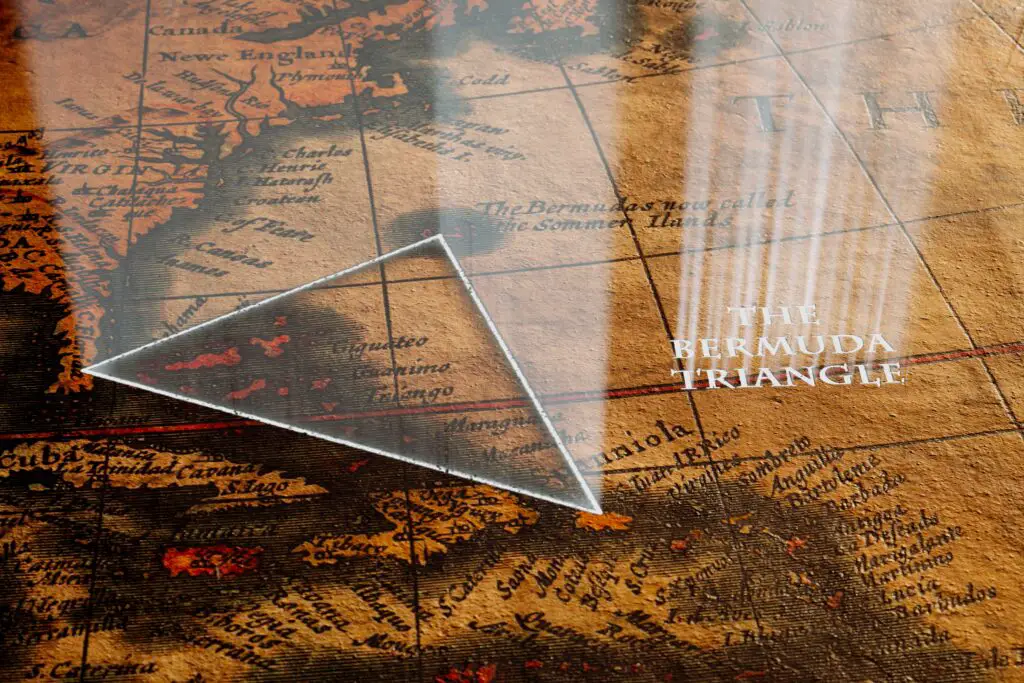
The Bermuda Triangle, stretching between Florida, Bermuda, and Puerto Rico, has long been the subject of eerie myths and disappearances. Some legends speak of massive sea serpents that drag ships and planes into the depths of the ocean, never to be seen again. Throughout history, numerous vessels have vanished in this area, and unexplained phenomena like compass malfunctions and strange fogs have only fueled the sea serpent myth.
The real cause of these disappearances is likely natural—storms, strong currents, and magnetic anomalies—but the mysterious nature of the Bermuda Triangle has led to countless theories, including the presence of a giant serpent lurking beneath the waves. The vastness and unpredictability of the ocean make it easy to believe that something unknown could be lurking just out of sight.
4. Aokigahara Forest, Japan – The Yūrei
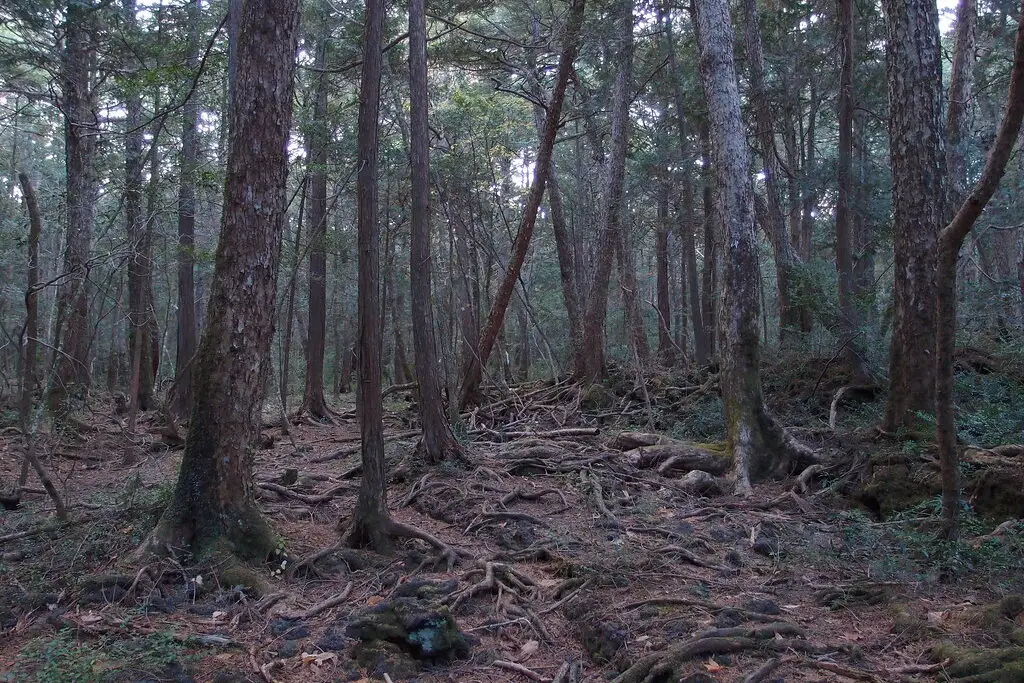
Aokigahara, also known as the “Suicide Forest,” is infamous for its dense, eerie silence and association with death. Located at the base of Mount Fuji, it’s said to be haunted by yūrei—spirits of the dead who have unfinished business. These restless spirits are said to wander the forest, often leading those who enter to their own tragic fate. The thick trees and low visibility make it an easy place for people to get lost, heightening the fear of encountering something supernatural.
The forest’s dark history and somber atmosphere have led to countless stories of ghostly sightings and strange occurrences. The legend of the yūrei adds to the forest’s haunting reputation, with visitors claiming to feel a heavy, oppressive presence as they walk among the trees. The fear of encountering these spirits makes Aokigahara one of the most feared and mysterious places in Japan.
5. Iceland – The Hidden People
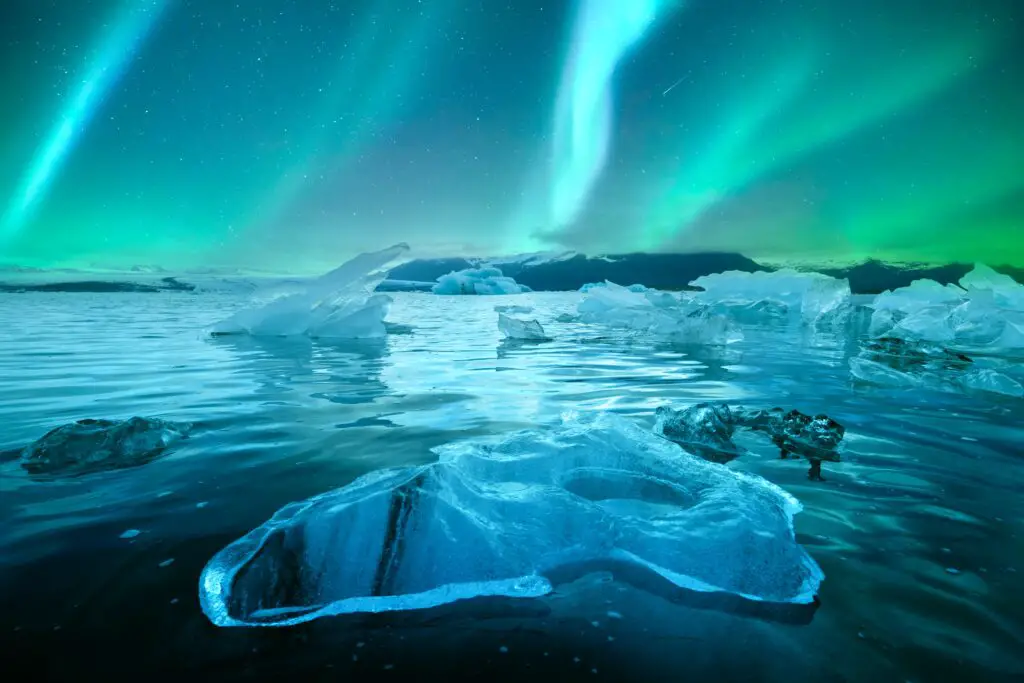
Iceland’s harsh landscapes, full of volcanic craters and glaciers, have long inspired stories of hidden creatures and supernatural beings. One such myth involves the “Huldufólk,” or hidden people—elves and fairies who supposedly live in rocks and hills, invisible to the human eye. These beings are said to be protective of their homes, and disturbing their territory can lead to bad luck or even misfortune.
The belief in these hidden people runs deep in Icelandic culture, with many locals still holding onto the idea that elves reside in the landscape. The sheer beauty and isolation of Iceland’s rugged terrain make it easy to imagine the presence of magical beings hidden away from the rest of the world. The Huldufólk myth has persisted for centuries and continues to be a part of Icelandic folklore today.
6. The Amazon Rainforest, South America – The Mapinguari
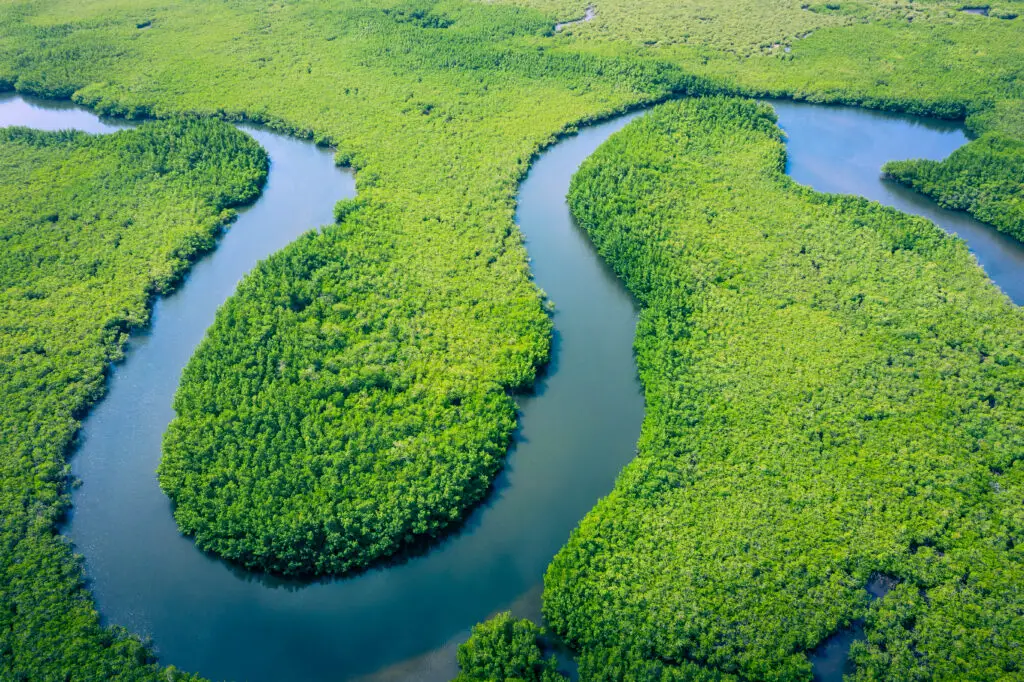
Deep in the heart of the Amazon Rainforest, locals speak of the Mapinguari—a giant, ape-like creature covered in thick, shaggy fur. Described as having a single, large eye and a mouth on its belly, the Mapinguari is said to inhabit the dense, untamed jungle. Reports of the creature date back to indigenous tribes, who warn travelers to stay clear of the creature’s territory. Some believe the Mapinguari is a relic from prehistoric times, an ancient species that managed to survive the passage of time.
The rainforest’s vast, uncharted territories make it easy for the legend of the Mapinguari to endure. The thick underbrush, paired with the occasional discovery of large footprints, adds to the mystery of this cryptic creature. Despite the lack of evidence, the Mapinguari remains an enduring myth in the Amazon region.
7. The Scottish Highlands, Scotland – The Kelpie
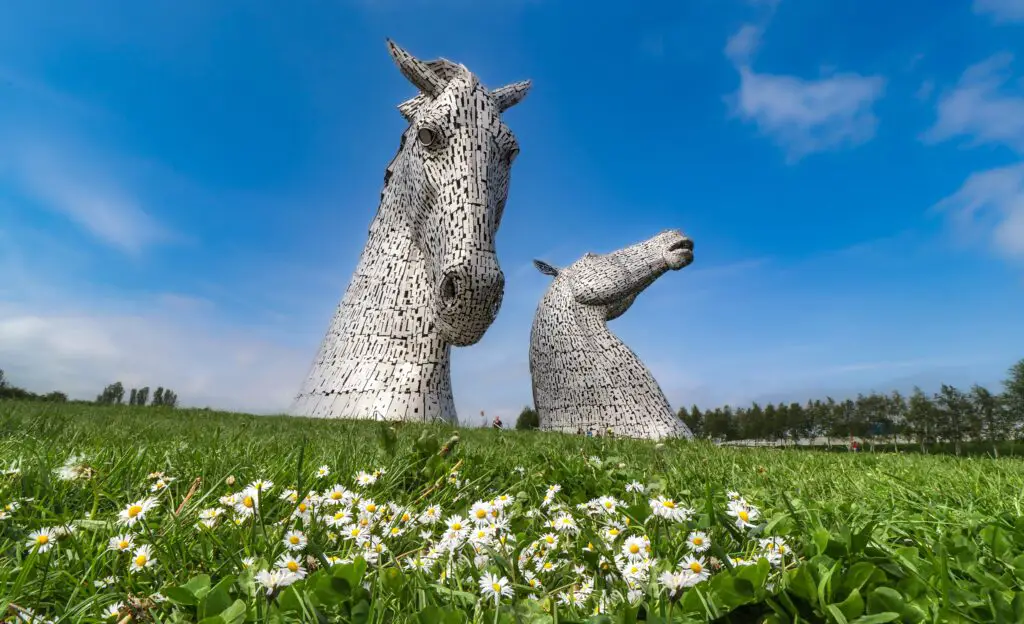
In the misty, remote lochs of the Scottish Highlands, the legend of the Kelpie—a shape-shifting water spirit—has been passed down for generations. Often depicted as a horse or a beautiful woman, the Kelpie is said to lure unsuspecting travelers into the water, where they are drowned and consumed. The legend likely stems from the dangerous and unpredictable nature of Scotland’s many lochs, where treacherous currents can claim the lives of even the most experienced boaters.
The Kelpie myth serves as a reminder of the dangers lurking in the waters of the Scottish Highlands. Many of the lochs are deep and dark, and without modern navigation tools, it’s easy to see how tales of a malevolent water spirit could emerge. These stories have persisted through time, keeping the Kelpie alive in the folklore of Scotland.
8. The Himalayas, Nepal – The Yeti
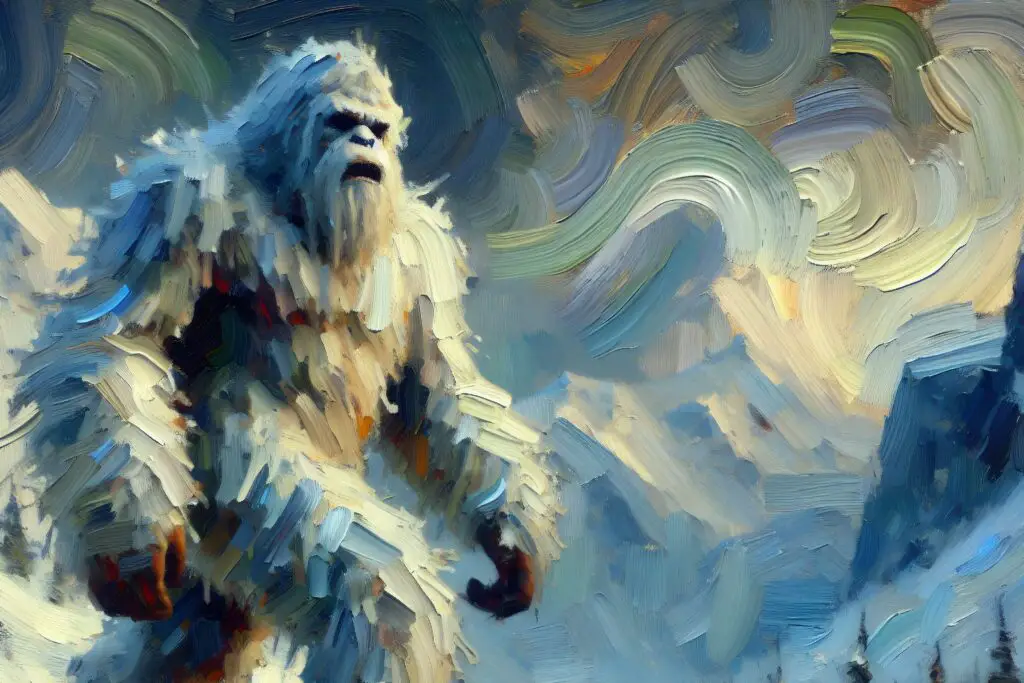
The Yeti, often called the “Abominable Snowman,” is a cryptid said to dwell in the remote mountain ranges of the Himalayas. Described as a large, ape-like creature covered in thick white fur, the Yeti has been a staple of Himalayan folklore for centuries. Local Sherpas have long spoken of encounters with the creature, and despite many expeditions to find it, proof of the Yeti’s existence remains elusive.
The harsh and isolated terrain of the Himalayas provides the perfect backdrop for the Yeti myth. The region’s towering peaks, freezing temperatures, and vast, uncharted areas make it easy to believe that a creature could exist in the remote corners of the world. Whether it’s a case of misidentified wildlife or something more mysterious, the Yeti continues to capture the imagination of adventurers and cryptid hunters alike.
9. The Carpathian Mountains, Romania – The Vampire

The Carpathian Mountains in Romania are most famously associated with the myth of the vampire, thanks to the legend of Count Dracula. Based on the real-life figure Vlad the Impaler, the Dracula myth has been twisted into the story of an immortal, bloodthirsty creature who rises from the grave to feed on the living. The eerie atmosphere of the Carpathian Mountains, coupled with the local folklore of the region, helped to give birth to the modern vampire myth.
The haunting, foggy peaks of the Carpathians and the deep, dark forests create the perfect environment for the vampire legends to thrive. The myth of Dracula has become a cornerstone of Romanian folklore, and even today, many visitors come to explore the land of the vampire, hoping to uncover some hint of truth behind the stories.
10. Transylvania, Romania – The Werewolf

Transylvania, a region in Romania made famous by Dracula, also carries with it a long-standing belief in werewolves. According to legend, a werewolf is a human who transforms into a wolf, either by choice or under a curse. These creatures were said to prowl the forests at night, hunting for prey. The legend of the werewolf likely originated from the region’s dark and isolated nature, where untamed wilderness seemed to harbor all manner of supernatural creatures.
The thick forests and mysterious villages of Transylvania make it easy to see how these myths grew. The landscape is both beautiful and intimidating, and it’s not hard to imagine wild creatures lurking in the shadows. The idea of a human turning into a wolf fit the eerie atmosphere of the region, adding to its mystique as a land of supernatural legend.
11. The Great Wall of China, China – The Chinese Dragon

The Great Wall of China, stretching over 13,000 miles, is not only a historical wonder but also a symbol of the country’s many myths and legends. Among these is the story of the Chinese dragon, a mythical creature often depicted as a large, serpent-like creature with the power to control the weather. Dragons are deeply woven into Chinese culture, and they are believed to be protective and bring good fortune.
The Great Wall, with its winding structure and mountainous surroundings, provides a perfect setting for dragon stories. Local legends speak of dragons who once roamed the skies, guarding the empire from invaders. Today, these dragons remain an important part of Chinese heritage, symbolizing power, strength, and prosperity.
12. Devil’s Den, USA – The Devil’s Hound
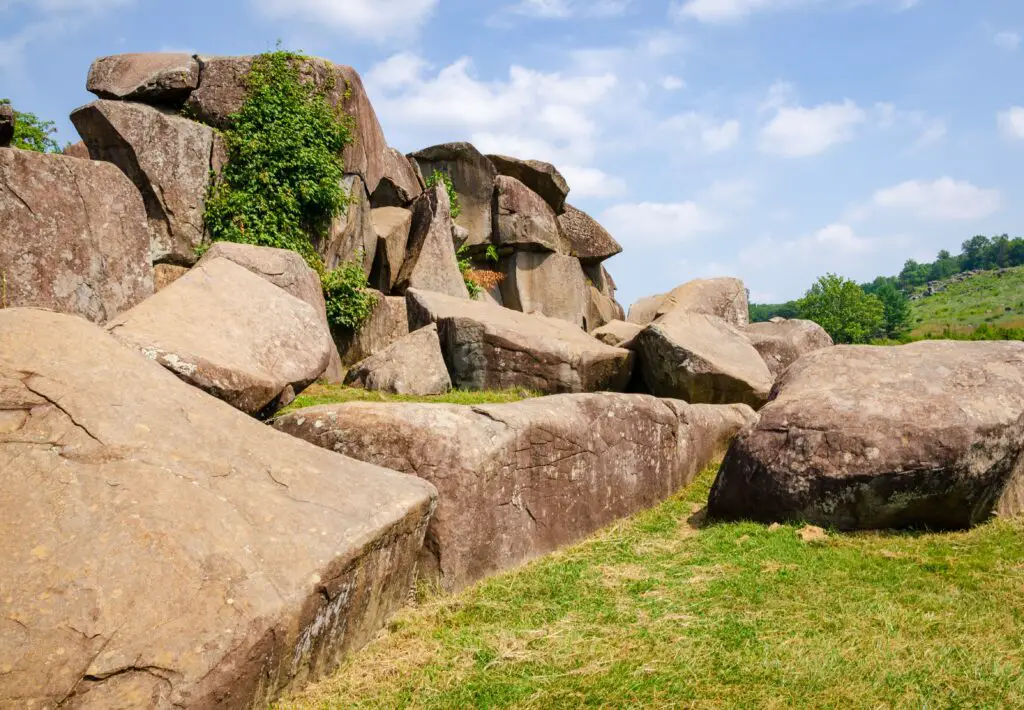
In Pennsylvania, the eerie Devil’s Den is known for its strange occurrences and the legend of the Devil’s Hound. This massive rock formation, located in Gettysburg, is often shrouded in fog and has been linked to various supernatural tales. One of the most persistent stories involves a spectral dog with glowing eyes that haunts the area, believed to be the manifestation of the Devil himself.
The land around Devil’s Den is steeped in Civil War history, and many believe the ghostly hound is tied to the spirits of soldiers who perished during the Battle of Gettysburg. Whether it’s the steep, rocky terrain or the dark history of the battlefield, Devil’s Den continues to captivate visitors with its eerie atmosphere and legendary ghost stories.
